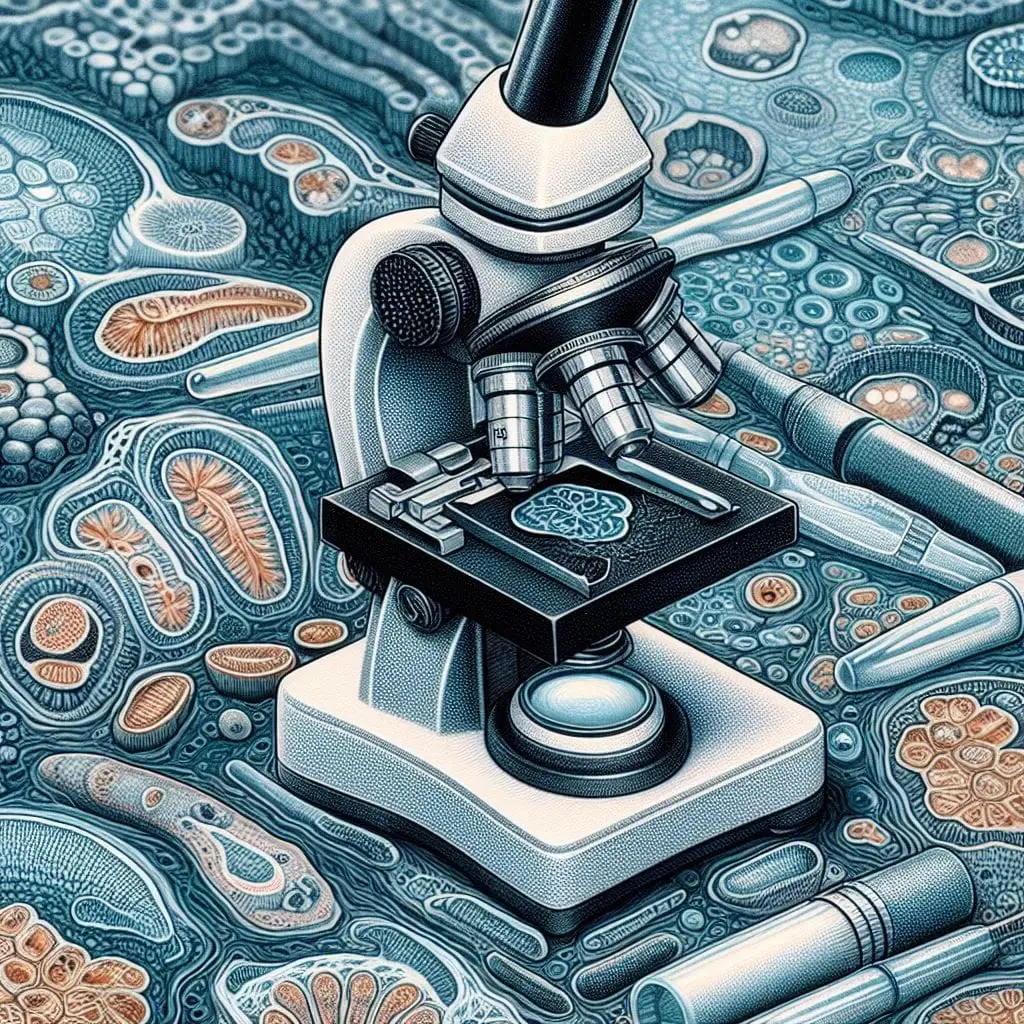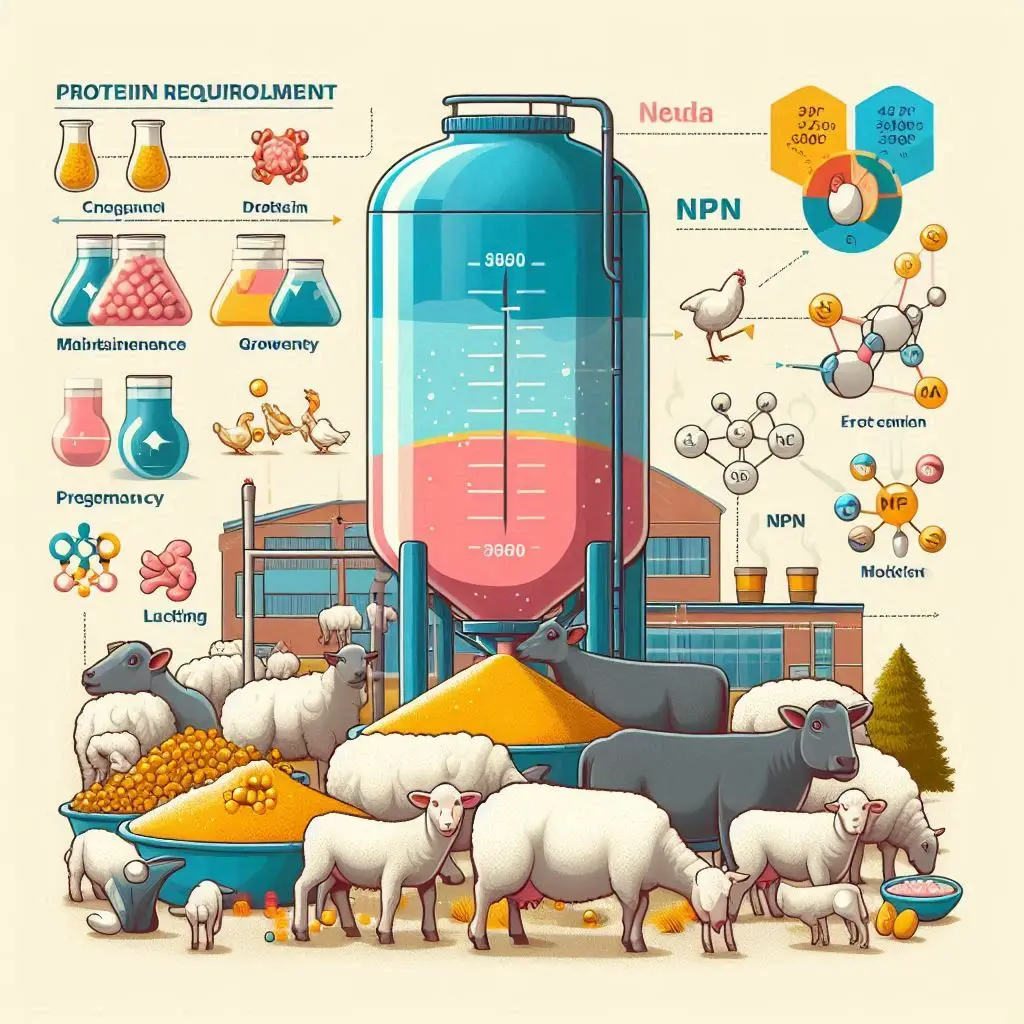Understanding Phytates in Livestock

What Are Phytates?
Phytates are salts derived from phytic acid, a naturally occurring compound found primarily in seeds and grains. They consist of an inositol ring with six phosphate groups attached. This structure allows phytates to bind minerals like calcium, iron, and zinc. Consequently, they can inhibit the absorption of these essential nutrients in livestock.
Nutritional Challenges
- Poor Digestibility: Monogastric animals lack the enzyme phytase, which is necessary to break down phytate. As a result, a significant portion of dietary phosphorus remains undigested and is excreted. This inefficiency can lead to higher feed costs and environmental concerns due to phosphorus runoff from manure.
- Antinutritional Effects: Beyond binding phosphorus, phytates also affect the digestibility of proteins and other nutrients. They can form complexes with amino acids and starches, further reducing their availability for absorption.
- Environmental Impact: The excretion of undigested phytate contributes to phosphorus pollution in water bodies, leading to eutrophication. This environmental challenge necessitates effective strategies to manage phytate levels in livestock diets.
The Role of Phytase
Phytase is an enzyme that catalyzes the hydrolysis of phytate, releasing phosphorus and other nutrients for absorption. There are several sources of phytase relevant to livestock:
- Endogenous Mucosal Phytase: This enzyme is produced within the animal’s gut but is often insufficient for breaking down the amounts of phytate present in typical diets.
- Gut Microfloral Phytase: Some gut bacteria produce phytase, contributing to phytate degradation.
- Plant Phytase: Certain feed ingredients contain natural phytases that can help break down phytate.
- Exogenous Microbial Phytase: This is commonly added to animal feeds to enhance phosphorus availability.
Benefits of Phytase Supplementation
- Improved Nutrient Absorption: Adding exogenous microbial phytase can significantly increase the digestibility of phosphorus and other minerals.
- Cost Reduction: By enhancing nutrient availability, phytase can reduce the need for additional phosphorus supplementation in feed.
- Environmental Benefits: Improved utilization of phosphorus can decrease the amount excreted into the environment, mitigating pollution.
Feed Processing Techniques
In addition to enzymatic supplementation, various feed processing methods can help reduce phytate content:
- Fermentation: This process activates natural plant enzymes that degrade phytate.
- Soaking and Germination: These techniques can enhance the activity of endogenous phytases present in seeds.
- Heat Treatment: While high temperatures can deactivate enzymes like phytase, controlled heating may enhance nutrient availability if done properly.
Diet Formulation Strategies
Effective diet formulation is essential for managing phytate levels:
- Ingredient Selection: Choosing feed ingredients with lower phytate content can help minimize issues related to nutrient binding.
- Combination Strategies: Using probiotics alongside phytase can further enhance nutrient breakdown by introducing additional hydrolytic enzymes into the gut.
- Monitoring Phytate Levels: Regular assessment of feed ingredients for their phytate content allows for better formulation strategies tailored to specific livestock needs.
Conclusion
Phytates present both challenges and opportunities in livestock nutrition. Understanding their role is crucial for optimizing nutrient absorption and improving overall feed efficiency. By leveraging strategies such as phytase supplementation and innovative feed processing techniques, producers can enhance phosphorus availability while reducing environmental impact.
For more pearls of Vets Wisdom:
https://wiseias.com/partitioning-of-food-energy-within-animals/






Responses